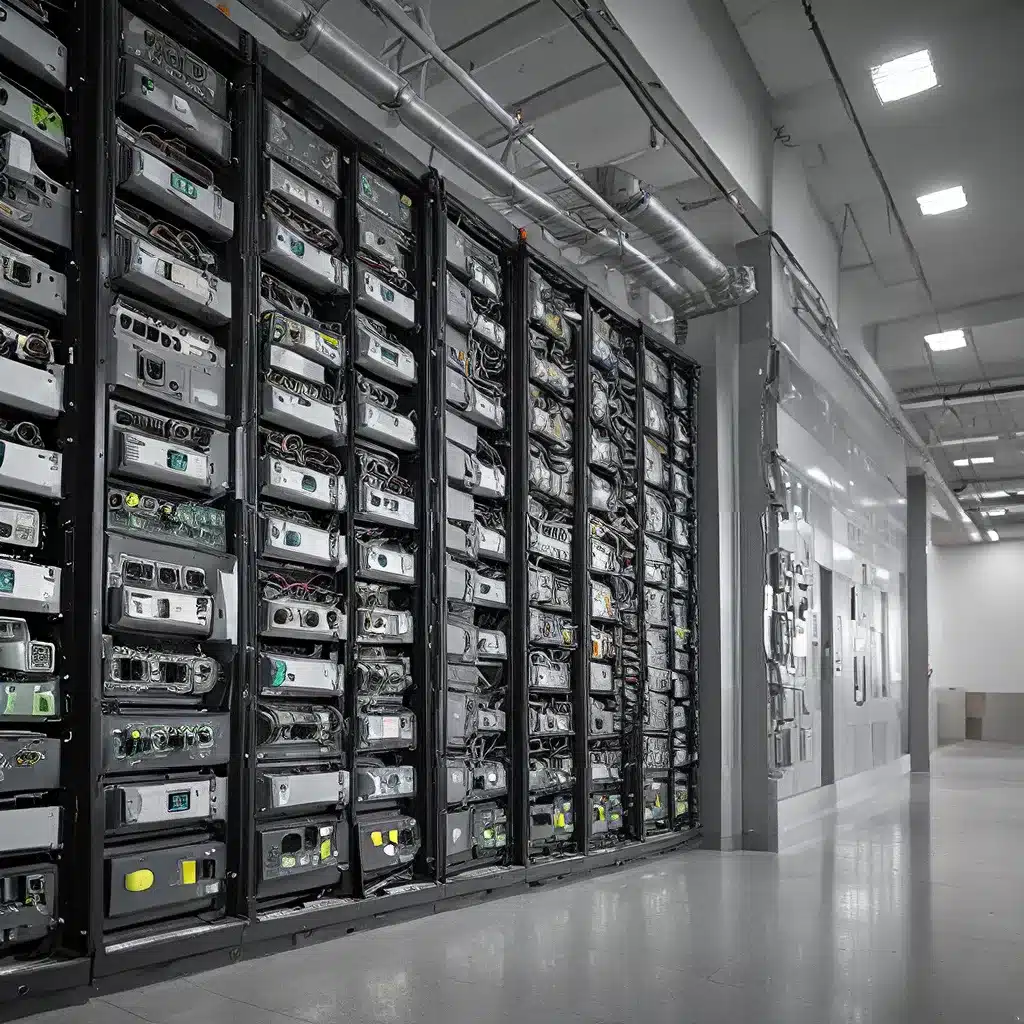
As someone who’s always been passionate about sustainability and renewable energy solutions, I’m excited to dive into the fascinating world of building automation and how it can unlock significant energy savings. It’s a topic that’s been gaining a lot of traction in the green energy community, and for good reason.
The Rise of Building Automation
Let’s start by unpacking what building automation actually is. In simple terms, it’s the use of technology to control and monitor the various systems within a building, such as HVAC, lighting, security, and even renewable energy generation. By integrating these systems, building automation can optimize their performance, reduce energy consumption, and enhance overall efficiency.
Recent studies have shown that building automation can lead to energy savings of up to 30% in commercial and industrial buildings. That’s a staggering figure, and it’s no wonder that more and more organizations are exploring this technology as a way to reduce their carbon footprint and cut their energy bills.
The Key Components of Building Automation
But how exactly does building automation work? Let’s take a closer look at the core components that make it so effective:
Sensors and Monitoring
At the heart of any building automation system are a network of sensors that constantly monitor various environmental factors, such as temperature, humidity, CO2 levels, and occupancy. These sensors collect real-time data, which is then fed into a central control system.
Central Control System
The control system is the brain of the building automation setup. It takes in all the data from the sensors and uses advanced algorithms to analyze the information and make informed decisions about how to optimize the building’s performance.
Automated Controls
Based on the data analysis, the control system can automatically adjust various building systems, such as HVAC, lighting, and renewable energy generation. For example, it might lower the temperature in unoccupied rooms, dim the lights in areas with sufficient natural light, or ramp up the solar panels to meet increased energy demand.
Integrated Reporting
Building automation systems also typically include comprehensive reporting capabilities, allowing facility managers to track energy usage, identify optimization opportunities, and monitor the overall performance of the building.
The Benefits of Building Automation
Now that we’ve covered the key components, let’s dive into the real-world benefits of building automation. Here are some of the most compelling reasons to invest in this technology:
Energy Savings
As we mentioned earlier, building automation can lead to energy savings of up to 30%. This is achieved through the precise control and optimization of building systems, which reduces overall energy consumption and costs.
Improved Comfort and Productivity
By fine-tuning the environmental conditions within a building, occupant comfort can be significantly improved. This, in turn, can boost productivity and employee satisfaction, leading to better business outcomes.
Enhanced Sustainability
Building automation integrates seamlessly with renewable energy sources, such as solar panels and wind turbines, to maximize the utilization of clean energy. This reduces the building’s carbon footprint and contributes to a more sustainable future.
Increased Operational Efficiency
The automated controls and real-time monitoring capabilities of building automation streamline the maintenance and management of a building, freeing up facility managers to focus on other important tasks.
Actionable Insights
The extensive data and reporting provided by building automation systems offer valuable insights that can drive informed decision-making and continuous improvement.
Overcoming Challenges and Misconceptions
Of course, like any innovative technology, building automation is not without its challenges and misconceptions. Let’s address a few of the common concerns:
Initial Investment
One of the primary barriers to adoption is the perceived high cost of implementing a building automation system. However, many experts argue that the long-term energy savings and operational efficiencies outweigh the upfront investment.
Complexity
Some facility managers may be hesitant to adopt building automation due to concerns about the complexity of the systems. While it’s true that these technologies can be sophisticated, advances in user-friendly interfaces and intuitive controls have made them more accessible than ever before.
Cybersecurity Risks
With the increasing reliance on digital systems, there are valid concerns about cybersecurity and data privacy. However, reputable building automation providers have robust security measures in place to mitigate these risks.
The Future of Building Automation
As we look to the future, it’s clear that building automation will continue to play a crucial role in the transition to a more sustainable and energy-efficient built environment. Ongoing research and technological advancements are poised to unlock even greater energy savings and operational efficiencies.
Firewinder, a leading provider of renewable energy solutions, is at the forefront of this exciting evolution. Their innovative products and services are designed to seamlessly integrate with building automation systems, empowering businesses to harness the power of clean energy and achieve their sustainability goals.
As we continue to explore the boundless potential of building automation, I’m excited to see the transformative impact it will have on our energy landscape. It’s a technology that holds the key to a more sustainable future, and I’m proud to be part of the journey.

